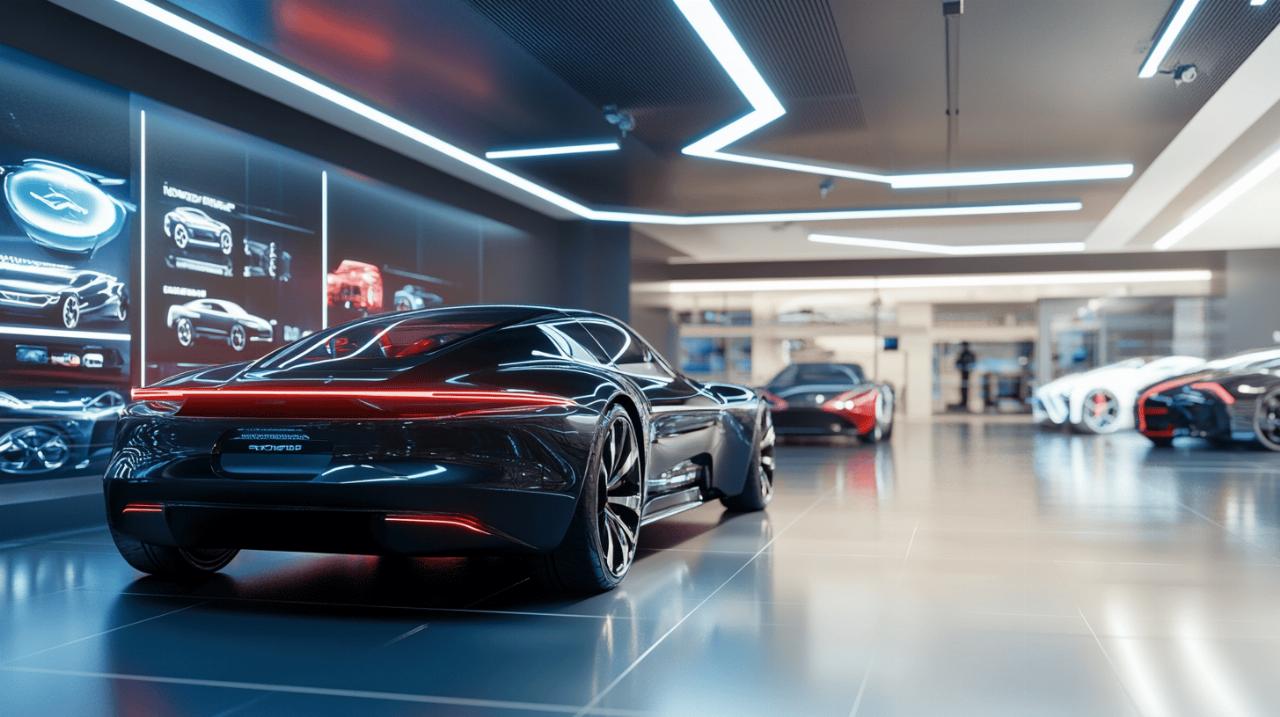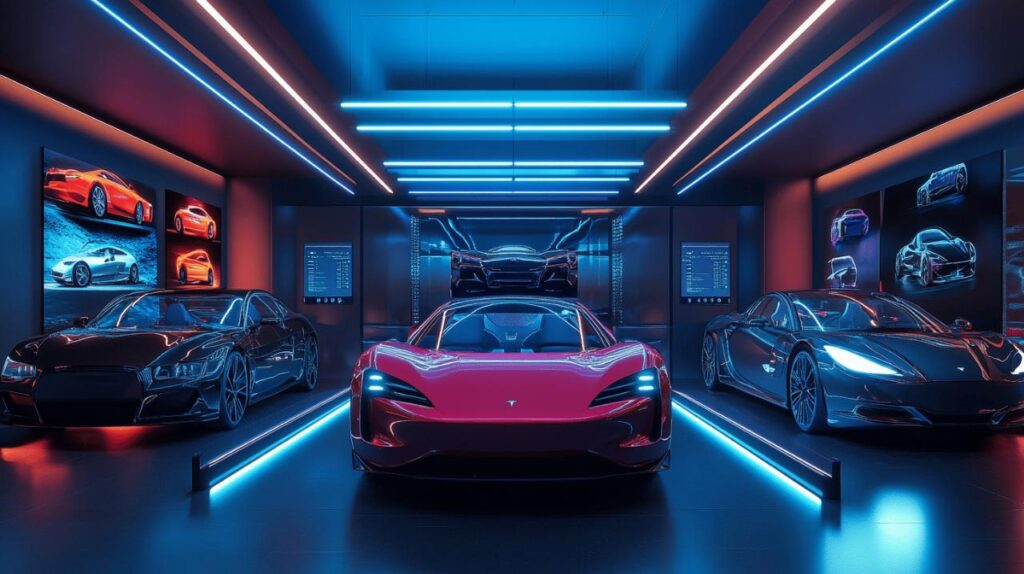As we delve into the rapidly evolving world of automobiles, staying informed about the latest developments becomes increasingly important for enthusiasts and everyday drivers alike. The automotive landscape is shifting dramatically, with technological advancements and changing consumer preferences driving this transformation. Motor Publish, a comprehensive platform covering everything from cars and motorcycles to transport news and maintenance advice, offers valuable insights into these changes.
Emerging technologies revolutionising the motoring landscape
The automotive industry is undergoing a fundamental transformation, moving beyond traditional manufacturing to create what many now describe as ‘computers on wheels’. This shift represents one of the most significant changes in automotive history, with manufacturers integrating sophisticated technologies to enhance performance, safety, and user experience.
Electric and hybrid innovations taking centre stage
Electric vehicles have become a central focus in the automotive industry, though projections suggest there might be a slowdown in growth by 2025 due to various challenges including trade tensions and high production costs. Despite these potential obstacles, manufacturers continue to invest heavily in electric technology. Volkswagen recently led electric vehicle sales in Europe, overtaking Tesla which dropped to seventh place. Meanwhile, Chinese manufacturers like BYD are making significant inroads in the European market.
Hybrid vehicles are gaining popularity as a transitional technology, offering reduced emissions without the charging infrastructure requirements of fully electric vehicles. Toyota Europe exemplifies this balanced approach, employing various technologies including innovative combustion engines alongside electrification to reduce CO2 emissions. Kia is also expanding its electric offerings with plans to manufacture its most affordable EV, the EV2, in Slovakia beginning in 2026.
Autonomous driving systems and their market impact
Self-driving technology continues to advance despite regulatory and technical challenges. While fully autonomous vehicles are still under development, semi-autonomous features are increasingly common in new models. These systems rely heavily on artificial intelligence and 5G connectivity to process environmental data and make real-time decisions.
The concept of software-defined vehicles represents a significant shift, with cars requiring regular software updates similar to smartphones and computers. This transformation necessitates new approaches to vehicle design, manufacturing, and maintenance. Connected vehicles leverage 5G technology to communicate with infrastructure and other vehicles, enhancing safety and efficiency while creating new possibilities for mobility services.

Modern vehicle design and manufacturing developments
Vehicle design has evolved substantially, with manufacturers focusing on both aesthetic appeal and functional innovation. Advances in manufacturing techniques, including 3D printing and virtual reality applications, are changing how vehicles are conceptualised and produced.
Sustainable materials and production methods
Sustainability has become a core consideration in automotive manufacturing. Companies are exploring alternative fuels such as e-fuels alongside electrification strategies. BMW exemplifies this approach with its Neue Klasse electric motor design, which focuses on enhanced efficiency. The VW Group has demonstrated its commitment to sustainable production through PowerCo, which recently awarded contracts for a £7 billion battery plant in Ontario.
Supply chain challenges remain significant, with manufacturers facing talent shortages and overdependence on global suppliers. In response, many companies are investing in automation and diversifying their supplier relationships. The integration of 3D printing technology is helping to produce components more efficiently while reducing waste and transportation needs.
Customisation options and consumer preferences
Consumer preferences are driving notable changes in vehicle design and marketing strategies. Nissan has specifically targeted female buyers with its redesigned electric Micra, described as having an ‘elegant’ aesthetic. Similarly, Ford of Europe has leveraged nostalgia by featuring the electric Capri in videos with a 1970s theme, connecting innovation with heritage.
Luxury manufacturers are responding to market demands for distinctive vehicles. BMW is developing a competitor to the Mercedes G-Wagen, while Bentley maintains its commitment to profitability despite challenges including American tariffs, a slowdown in the Chinese market, and the transition to electric vehicles. At the more accessible end of the market, Dacia believes it can compete effectively in Europe’s compact SUV segment with its Bigster model, building on the success of the Sandero, which was Europe’s best-selling car in July.
As these innovations continue to reshape the automotive landscape, platforms like Motor Publish remain essential resources for navigating everything from vehicle maintenance to industry trends. Whether you’re interested in practical advice on timing belt maintenance or the latest developments in electric vehicle technology, staying informed helps drivers make better decisions in an increasingly complex automotive world.

